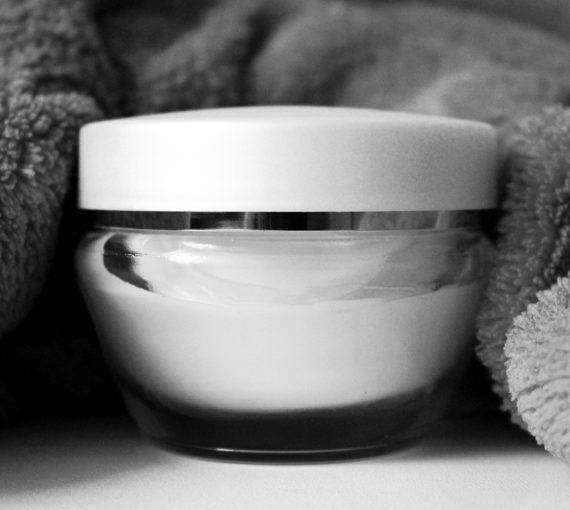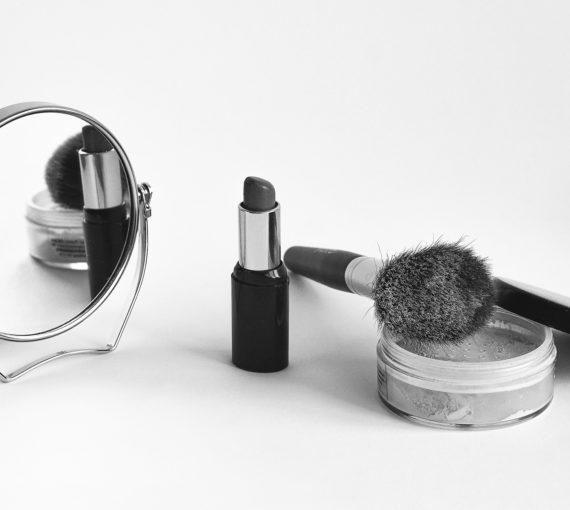Use in Cosmetics
BHA (butylated hydroxyanisole) and BHT (butylated hydroxytoluene) are closely related synthetic antioxidants used as preservatives in lipsticks and moisturizers, among other cosmetics. They are also widely used as food preservatives.
Health and Environmental Hazards
BHA and BHT can induce allergic reactions in the skin [1]. The International Agency for Research on Cancer classifies BHA as a possible human carcinogen [2]. The European Commission on Endocrine Disruption has also listed BHA as a Category 1 priority substance, based on evidence that it interferes with hormone function [3].
Long-term exposure to high doses of BHT is toxic in mice and rats, causing liver, thyroid and kidney problems and affecting lung function and blood coagulation [4]. BHT can act as a tumour promoter in certain situations [5]. Limited evidence suggests that high doses of BHT may mimic estrogen [6], the primary female sex hormone, and prevent expression of male sex hormones [7], resulting in adverse reproductive affects.
Under the Convention for the Protection of the Marine Environment of the North-East Atlantic, BHA is listed as a chemical of potential concern, noting its toxicity to aquatic organisms and potential to bioaccumulate [8]. Likewise, a United Nations Environment Program assessment noted that BHT had a moderate to high potential for bioaccumulation in aquatic species (though the assessment deemed BHT safe for humans) [9].
Regulatory Status
The use of BHA and BHT in cosmetics is unrestricted in Canada, although Health Canada has categorized BHA as a “high human health priority” on the basis of carcinogenicity and BHT as a “moderate human health priority”. Both chemicals have been flagged for future assessment under the government’s Chemicals Management Plan.
International regulations are stronger. The European Union prohibits the use of BHA as fragrance ingredient in cosmetics. The State of California requires warning labels on products containing BHA, notifying consumers that this ingredient may cause cancer.
1. U.S. National Library of Medicine, in Haz-Map: Occupational Exposure to Hazardous Agents, 2010, https://hazmap.nlm.nih.gov.
2. IARC Monographs on the Evaluation of Carcinogenic Risks to Humans vol. 17 (Paris: International Agency for Research on Cancer), vol. 40 (1986).
3. Study on Enhancing the Endocrine Disrupter Priority List with a Focus on Low Production Volume Chemicals, Revised Report to DG Environment (Hersholm, Denmark: DHI Water and Environment, 2007), https://ec.europa.eu/environment/endocrine/documents/final_report_2007.pdf.
4. UNEP and OECD, 2,6-di-tert-butyl-p-cresol (BHT) Screening Information Data Set: Initial Assessment Report (Paris: OECD, 2002), https://www.inchem.org/documents/sids/sids/128370.pdf.
5. Baur, A.K. et al., “The lung tumor promoter, butylated hydroxytoluene (BHT), causes chronic inflammation in promotion-sensitive BALB/cByJ mice but not in promotion-resistant CXB4 mice,” Toxicology 169, no. 1 (December 2001): 1-15.
6. Wada, H. et al., “In vitro estrogenicity of resin composites,” Journal of Dental Research 83, no. 3 (March 2004): 222-6.
7. Schrader, TJ and GM Cooke, “Examination of selected food additives and organochlorine food contaminants for androgenic activity in vitro,” Toxicological Sciences 53, no. 2 (February 2000): 278-88.
8. “OSPAR List of Substances of Possible Concern. Fact sheet for Butylhydroxyanisol.” (OSPAR, April 15, 2002), https://www.ospar.org.
9. UNEP and OECD, 2,6-di-tert-butyl-p-cresol (BHT) Screening Information Data Set: Initial Assessment Report.




